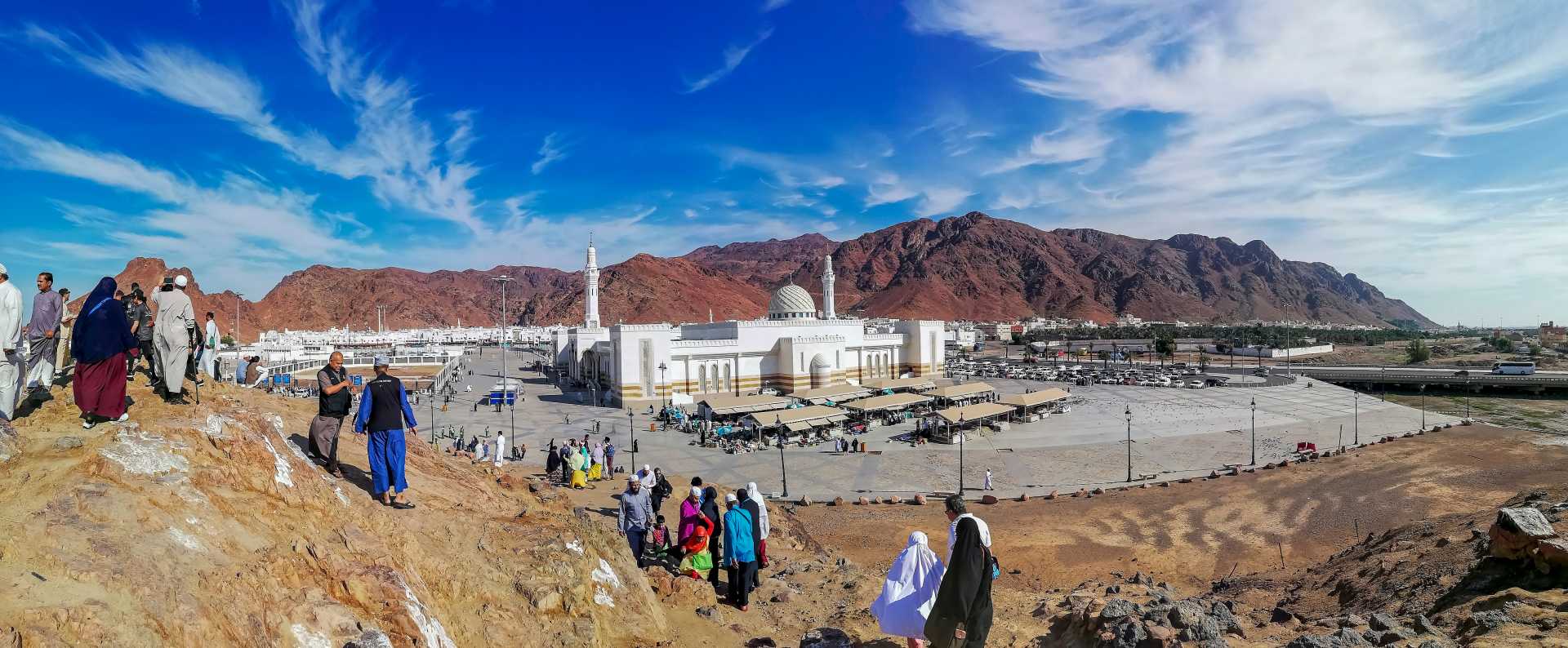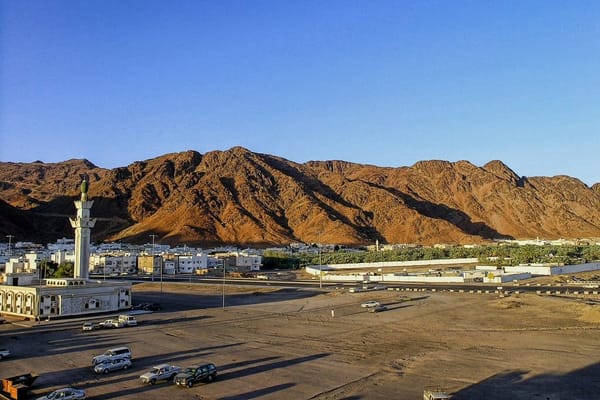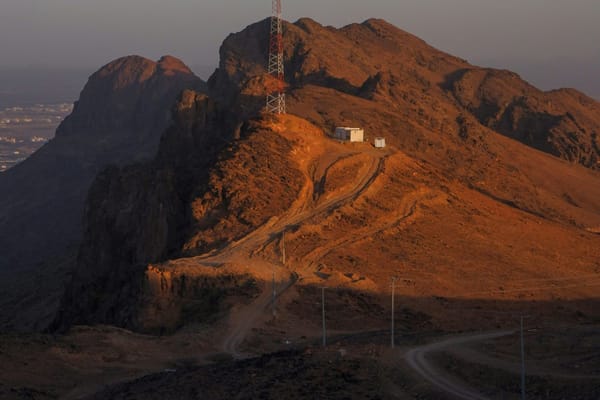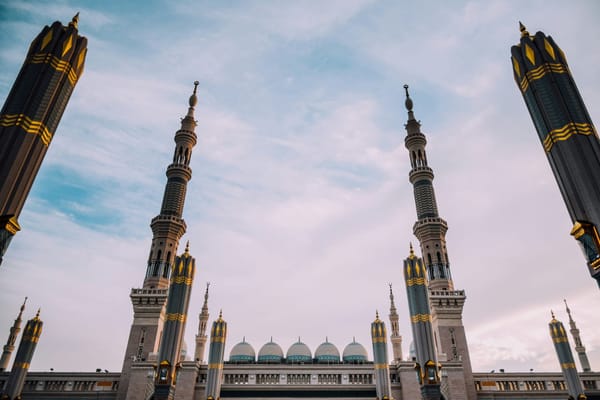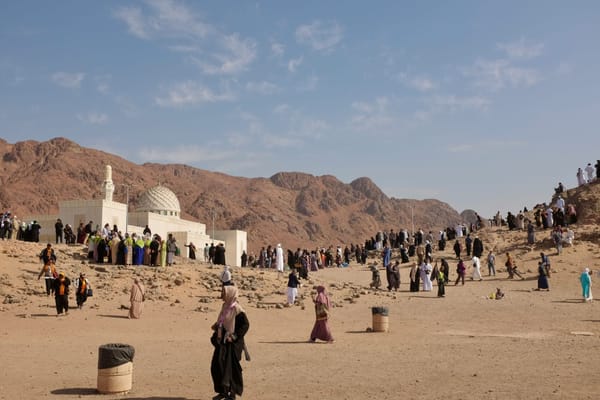Mount Uhud in Madinah is not just a geographical feature—it’s a living chapter of Islamic history. Revered by Muslims and admired by history lovers, this iconic mountain stands as the site of one of the most pivotal battles in early Islam: the Battle of Uhud in 625 CE. For modern visitors, especially pilgrims and cultural explorers, the area offers a deeply moving experience enriched by faith, sacrifice, and legacy.
Whether you’re visiting for spiritual reflection or to deepen your historical knowledge, this guide explores the must-see places at Mount Uhud, from the solemn Martyrs’ Cemetery to the strategic Archers’ Hill. Getting to Mount Uhud is also straightforward, with options like the Hop-On Hop-Off Bus offering convenient access to many of Madinah’s key Islamic landmarks, including this historic site.
What Makes Mount Uhud Special?
Mount Uhud stretches over 7 kilometers in length and rises about 1,077 meters above sea level. Composed of red granite, it appears almost glowing during sunrise and sunset. The mountain witnessed the fierce Battle of Uhud, a turning point in Islamic military history. But what makes it truly unique is its spiritual value.
The Prophet Muhammad (ﷺ) once said:
"Uhud is a mountain that loves us and we love it." (Sahih Bukhari)
Some narrations suggest that part of Mount Uhud will be in Jannah (Paradise), elevating its sacred status even further.
The Story of Mount Uhud
In 625 CE (3 AH), Mount Uhud became the backdrop for a pivotal moment in early Islamic history—the Battle of Uhud. After their victory at Battle of Badr, the Muslims faced retaliation from the Quraysh of Makkah, who marched to Madinah with a large army. The Prophet Muhammad (ﷺ) led his companions to the foot of Mount Uhud to defend the city.
Early in the battle, the Muslims gained the upper hand, but a group of archers stationed on a small hill—now known as Jabal al-Rumah—left their posts, believing the battle was won. This allowed the Quraysh cavalry to launch a surprise attack from behind, turning victory into loss. More than 70 companions were martyred, including the Prophet’s uncle Hamza ibn Abdul-Muttalib.
1. The Martyrs’ Cemetery (Shuhada Uhud)
A Sacred Site of Remembrance
One of the most emotionally moving locations at Mount Uhud is the Martyrs’ Cemetery, the final resting place of Hamza ibn Abdul-Muttalib, the uncle of Prophet Muhammad (ﷺ), and over 70 companions who were martyred during the battle.
Visitors often come here to offer prayers and reflect on the sacrifices made. The area is enclosed for preservation, but you can walk around and read the plaques that explain the site's significance.
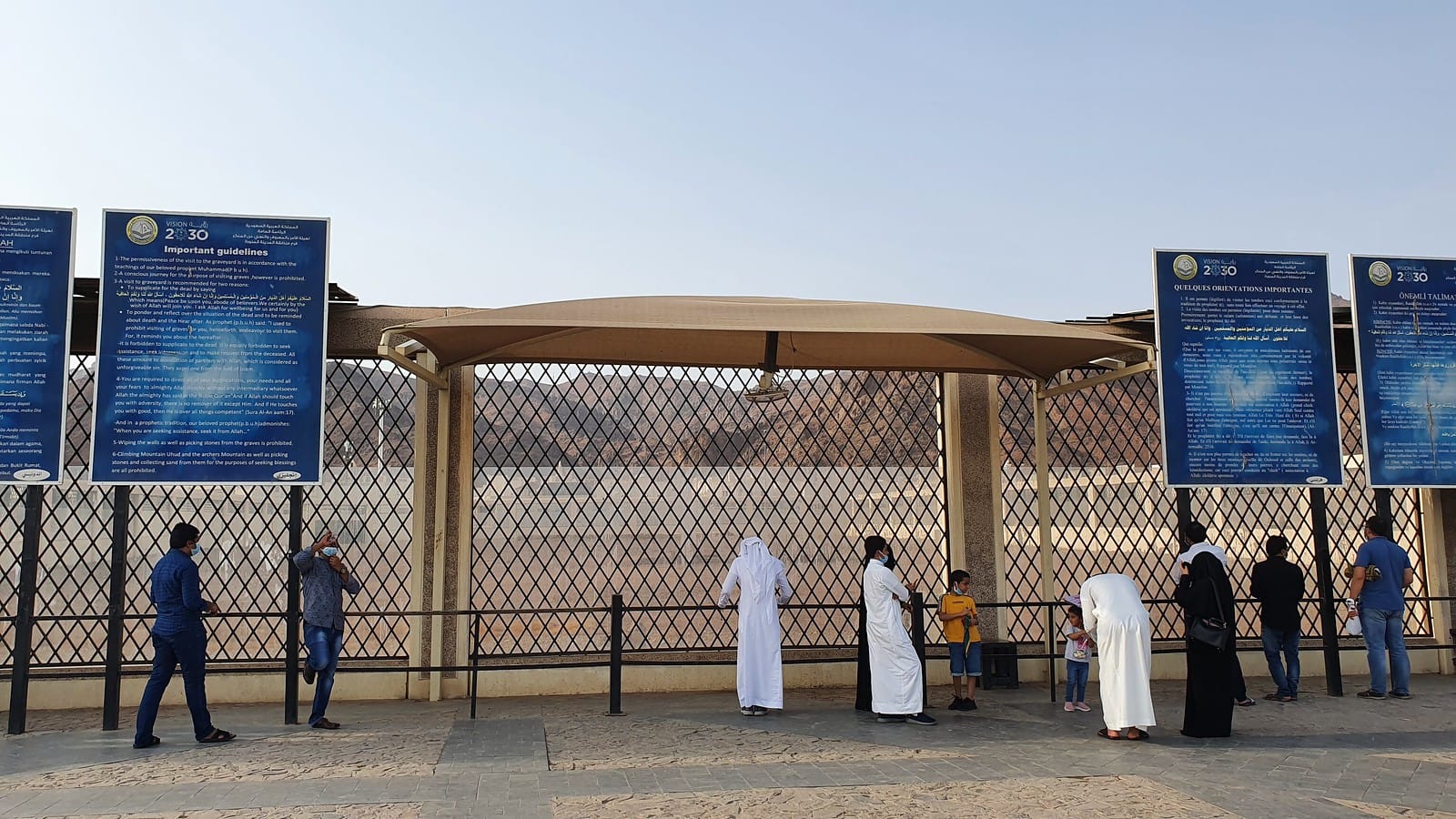
What to Know Before You Go
- Visiting hours: Open throughout the day; early mornings are less crowded.
- Etiquette: Dress modestly, maintain silence, and avoid stepping too close to the enclosures.
- Accessibility: Easily reached by car or the Hop-On Hop-Off Bus, which stops directly nearby.
What to Say When Visiting Uhud
It is customary to greet the martyrs with this supplication:
"Assalamu ‘alaykum ya Shuhada Uhud. Antum al-sabiqun wa nahnu bi’ithriku min al-laahi an yalhaqna bikum."
2. Jabal al-Rumah (Archer's Hill)
Where Strategy Shifted the Battle
Also known as Archers’ Hill, this mound opposite Mount Uhud was where 50 archers were stationed by the Prophet (ﷺ) to prevent a flank attack. Their premature departure—tempted by the spoils of war—allowed the Quraysh cavalry to attack from the rear, changing the tide of battle.
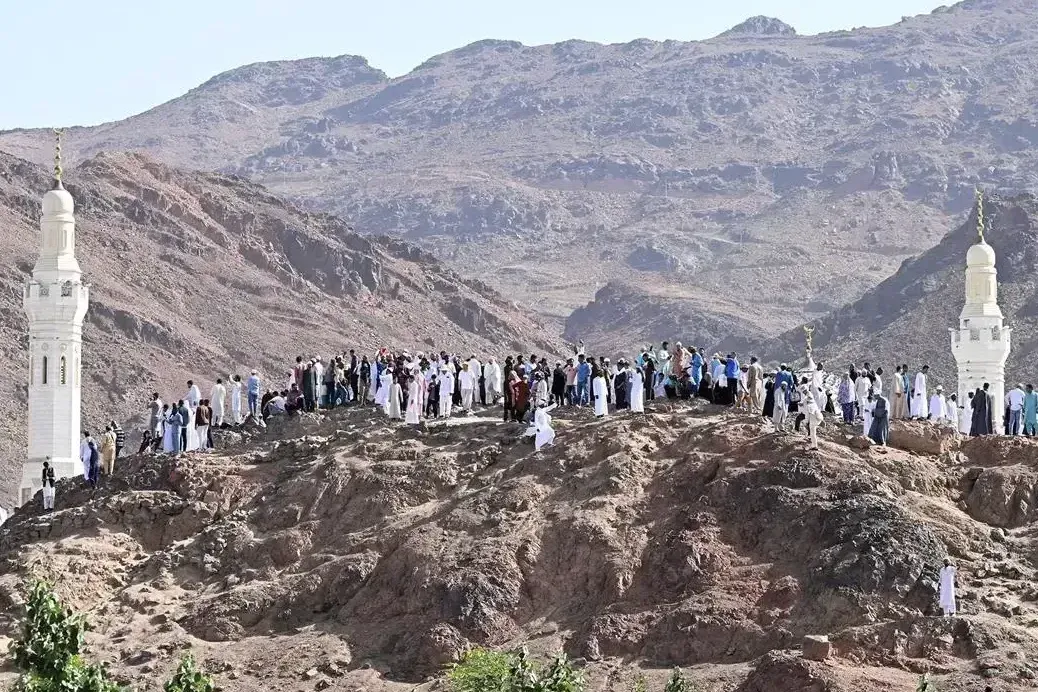
Why It Matters
- Historical depth: Provides a panoramic view of the entire battlefield.
- Spiritual reflection: A place to reflect on loyalty and strategy.
- Photography: Offers stunning views of the mountain and the cemetery.
3. Walk the Battlefield of Uhud
Between Mount Uhud and Archers' Hill lies the actual battlefield, now an open space where you can walk, contemplate, and visualize the events. Though unmarked in many parts, guided tours or audio guides can offer vivid storytelling of the formations, strategies, and personal sacrifices made.
Travel Tips
- Best time: Early morning or sunset for cooler weather and fewer crowds.
- Essentials: Bring water, sunscreen, and a hat—there is little shade.
While Mount Uhud is generally arid and rocky, temporary waterfalls can form after heavy rainfall. These cascades rush down the rugged slopes, offering a dramatic and beautiful contrast to the mountain’s usual terrain. Though rare and short-lived, they attract local photographers and visitors eager to witness this natural phenomenon.
4. The Cave of Mount Uhud
A lesser-known site on the slope of Mount Uhud is a small cave where Prophet Muhammad (ﷺ) reportedly took refuge after sustaining injuries. The crevice is high and can be tricky to access, best approached with a local guide.
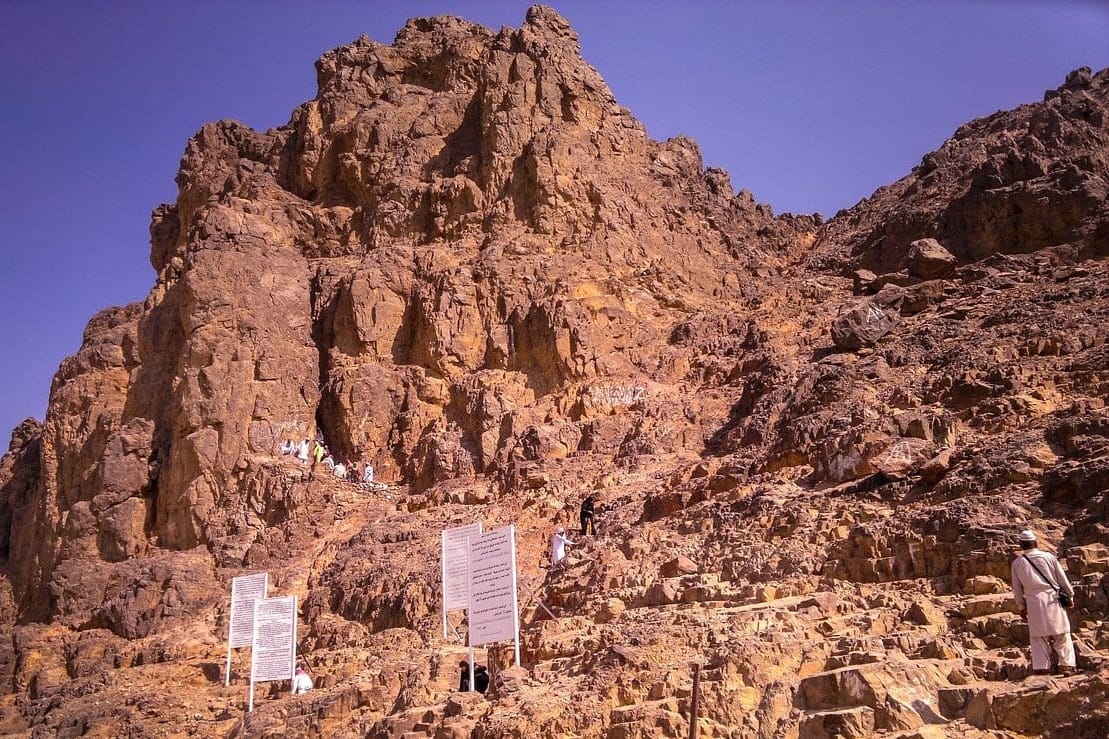
5. Visitor Pavilion and Small Museum
Just a few minutes' walk from the battlefield, this modest visitor center includes:
- 3D battle maps and troop movements
- Artifacts and replicas from the 7th century
- Panels explaining the spiritual and tactical elements of the battle
It adds context and detail for anyone looking to deeply understand the event.
6. Local Souks and Stalls Near Mount Uhud
Just outside the main site is a small souk offering:
- Ajwa dates, famously loved by the Prophet (ﷺ)
- Islamic books and souvenirs
- Handcrafted replicas of battle items
Purchases here support local families and offer meaningful keepsakes.
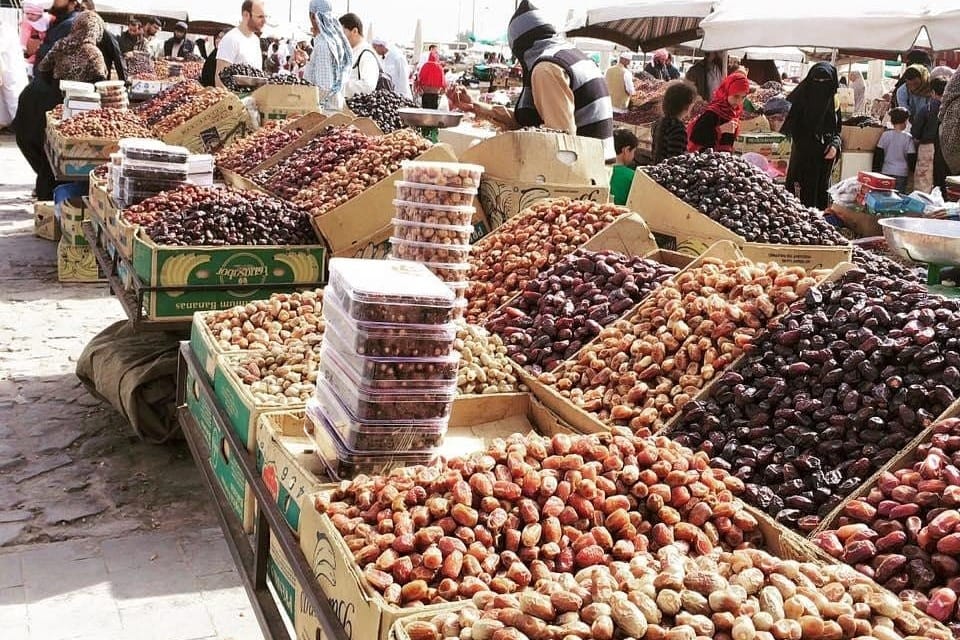
How to Reach Mount Uhud
The Hop-On Hop-Off Bus in Madinah is the best way to reach Mount Uhud and other ziyarat spots.
Why Choose It?
- Stops at Mount Uhud, Quba, Qiblatain, and more
- Audio guides in multiple languages
- Flexible scheduling for self-paced exploration
- Air-conditioned buses ensure a comfortable ride, even during Madinah’s hotter months.
Use it to hop off at Uhud, take your time reflecting and exploring, then hop back on when ready to visit the next historical gem.
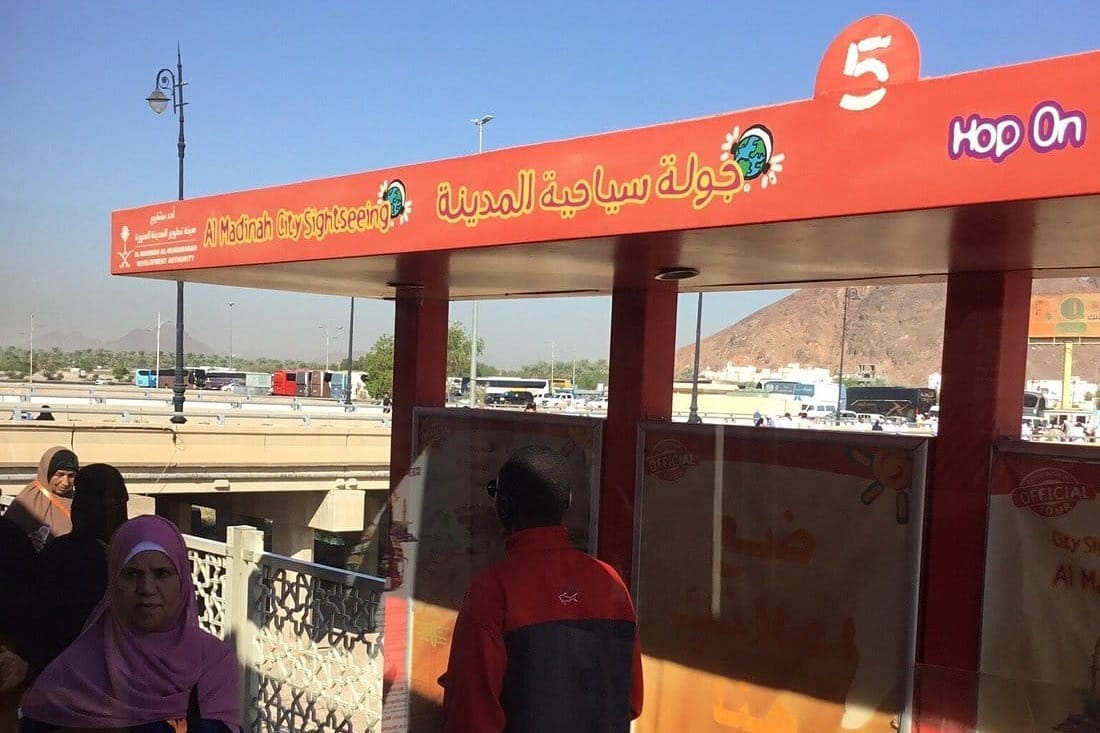
Nearby Mosque: Masjid al-Sabaq
Located just a short distance from the Uhud battlefield, Masjid al-Sabaq (sometimes called Masjid Uhud) is a peaceful mosque for prayer. Though small, it adds a spiritual touch to your visit.
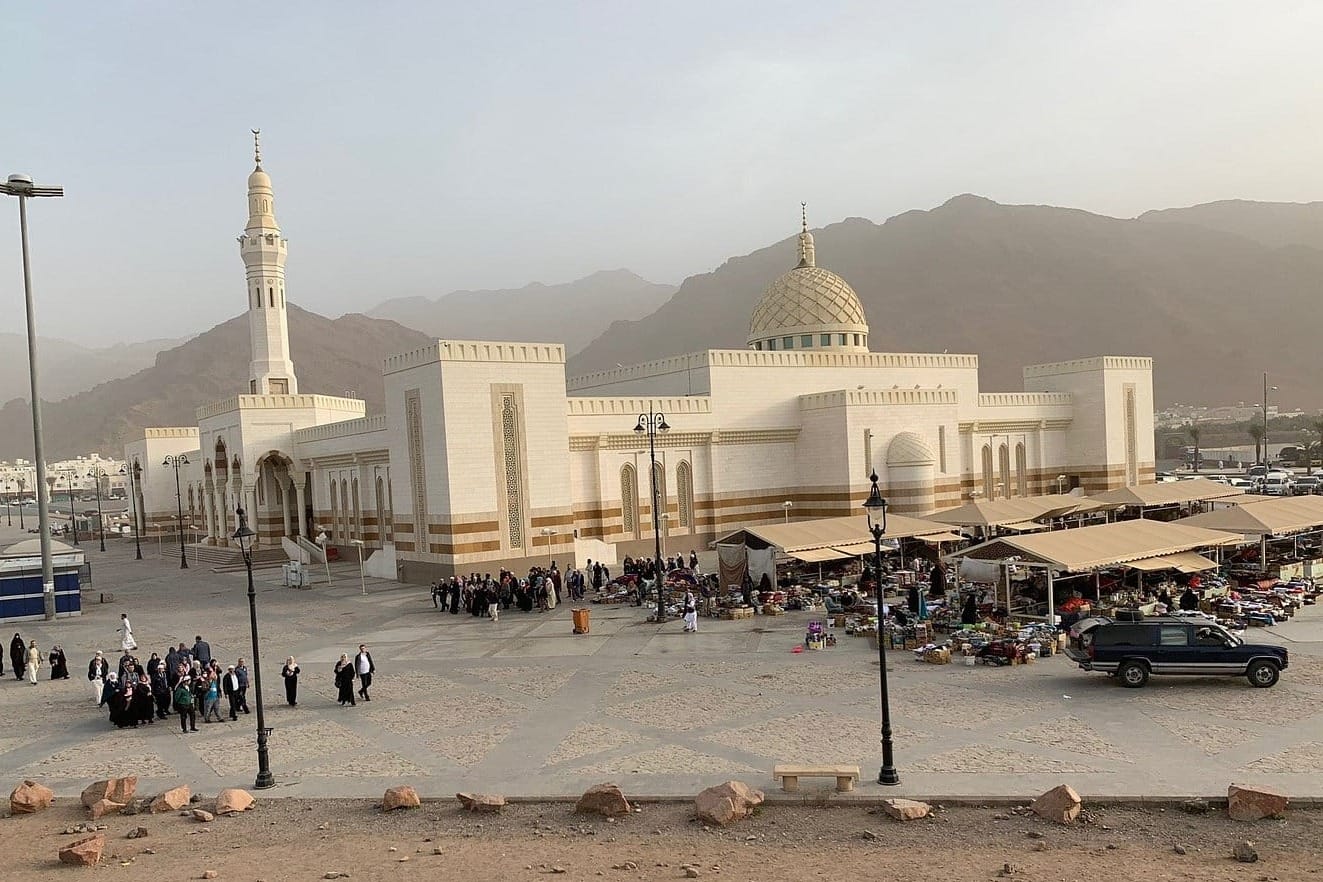
Suggested Half-Day Itinerary
| Time | Activity |
|---|---|
| 7:30 AM | Arrive via Hop-On Hop-Off Bus |
| 8:00 AM | Visit Martyrs’ Cemetery |
| 8:45 AM | Climb Archers’ Hill |
| 9:30 AM | Walk the Battlefield |
| 10:15 AM | Explore the Visitor Pavilion |
| 11:00 AM | Shop at the local souk |
| 11:30 AM | Catch next Hop-On Hop-Off Bus |
Tips for Pilgrims
- Dress modestly and comfortably
- Offer salams and duas respectfully
- Avoid taking photos during prayer or at sensitive spots
- Bring a small prayer mat for open areas
Other Sites to Visit in Madinah
- Quba Mosque – First mosque in Islam
- Qiblatain Mosque – Where Qibla changed from Jerusalem to Makkah
- Masjid al-Ghamamah – Site of Eid prayers by the Prophet (ﷺ)
All are conveniently connected via the Hop-On Hop-Off Bus route.
Uhud Lives in Memory
Mount Uhud in Madinah is more than just a scenic landmark—it’s a place of emotion, history, and immense spiritual value. From its heroic martyrs to its timeless lessons in leadership and faith, Uhud invites every visitor to pause, reflect, and connect.
Whether you're a pilgrim seeking deeper understanding or a traveler drawn by history, Mount Uhud is a journey through time and soul.
May Allah accept your intentions and guide your journey. Ameen!

